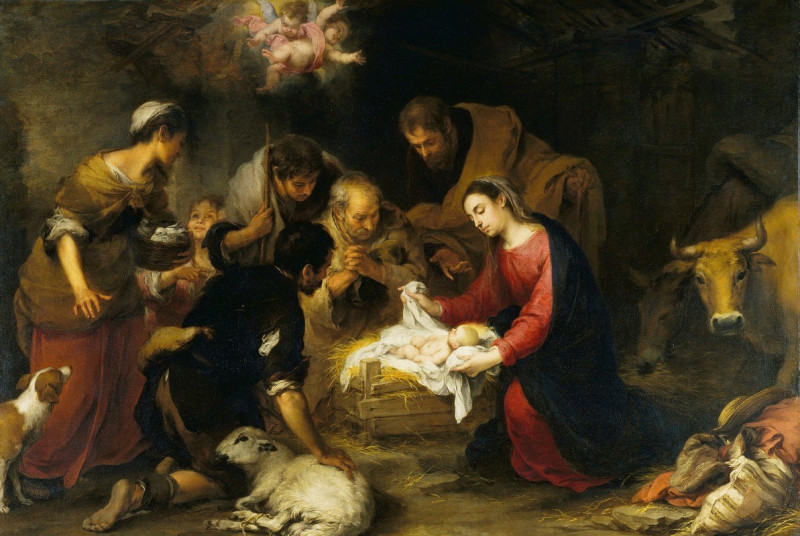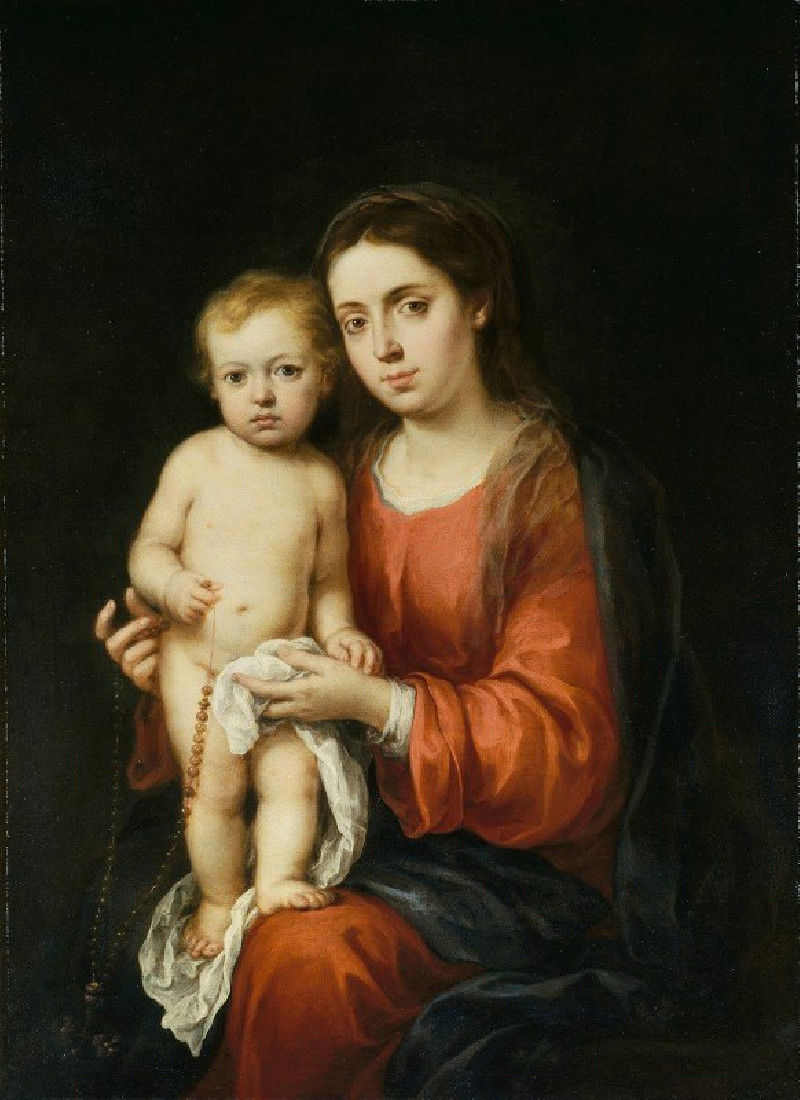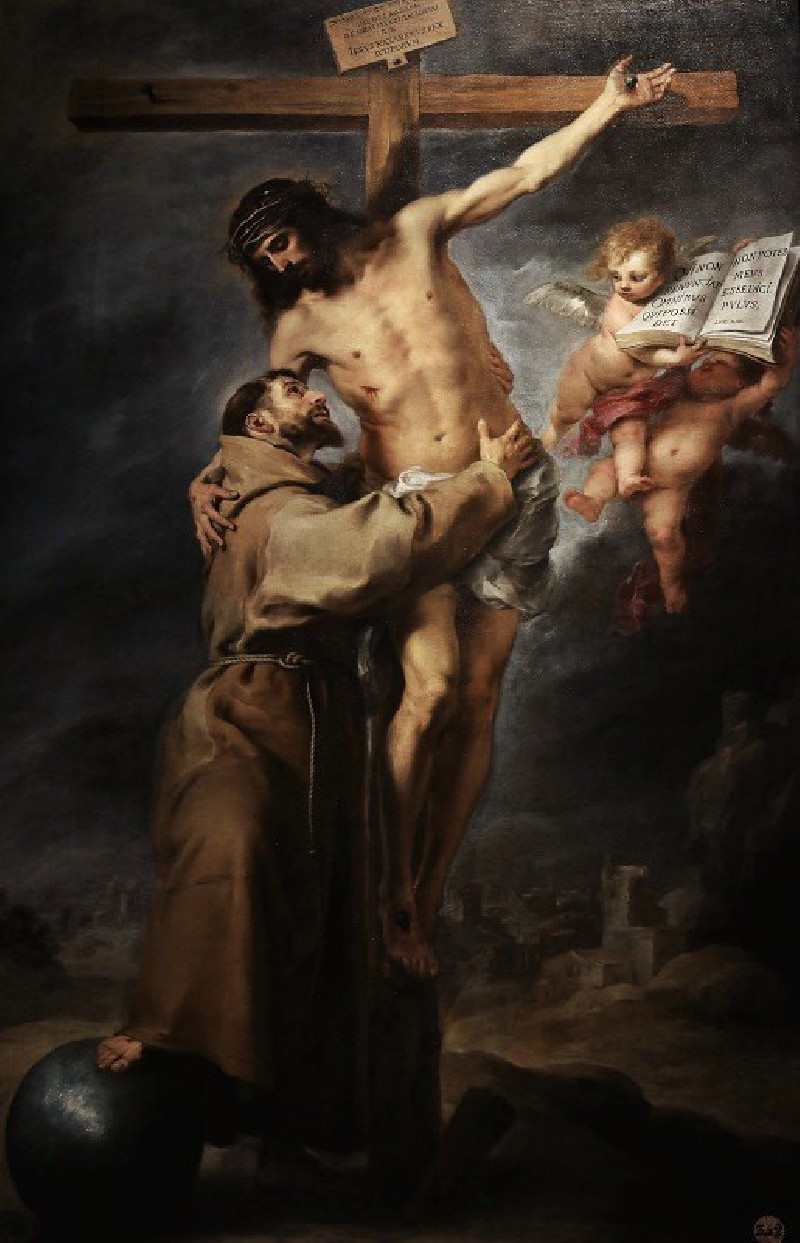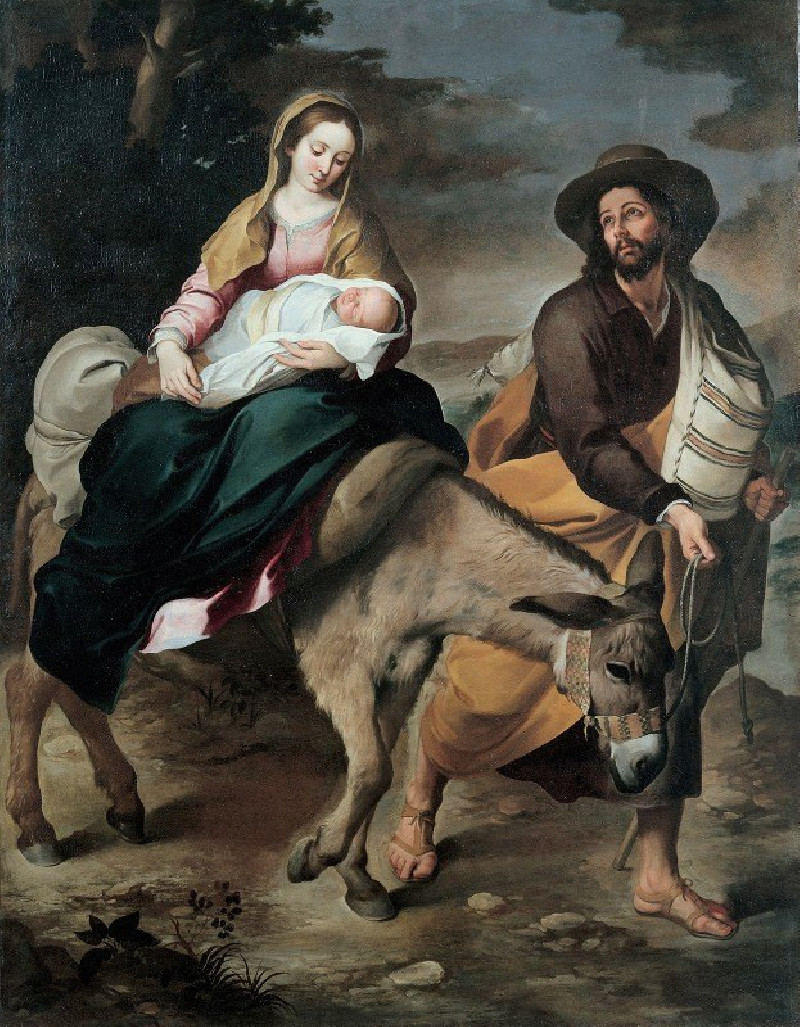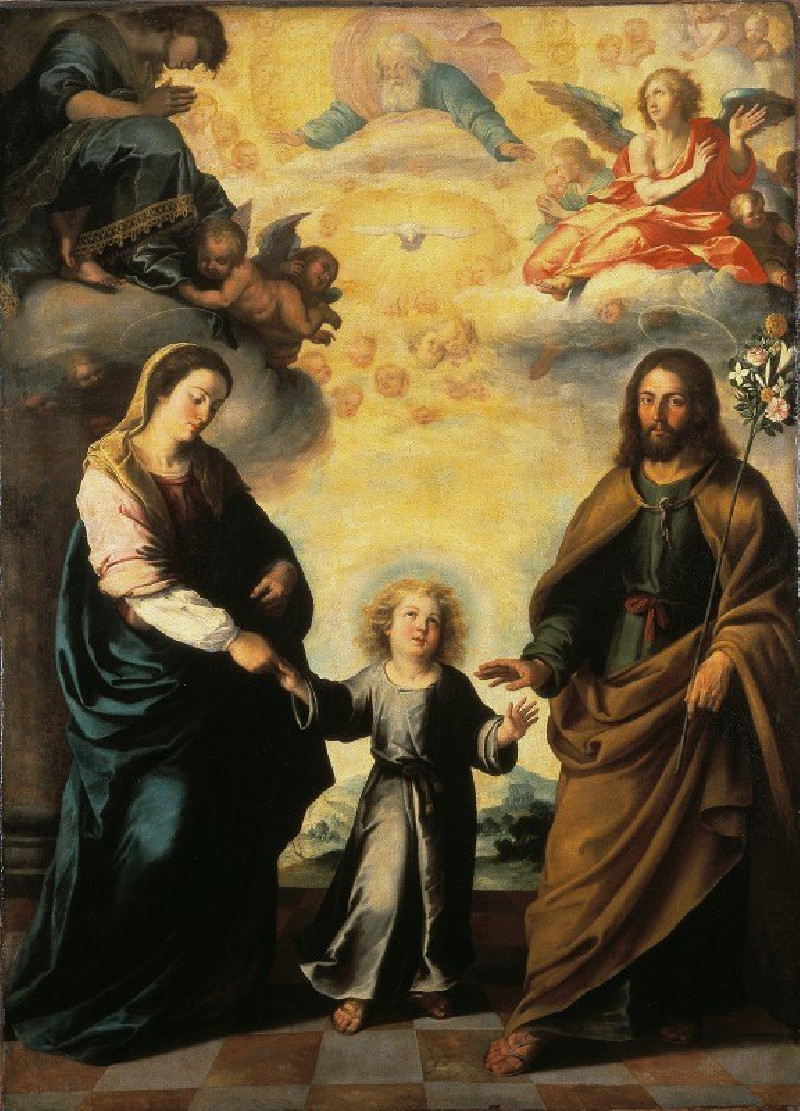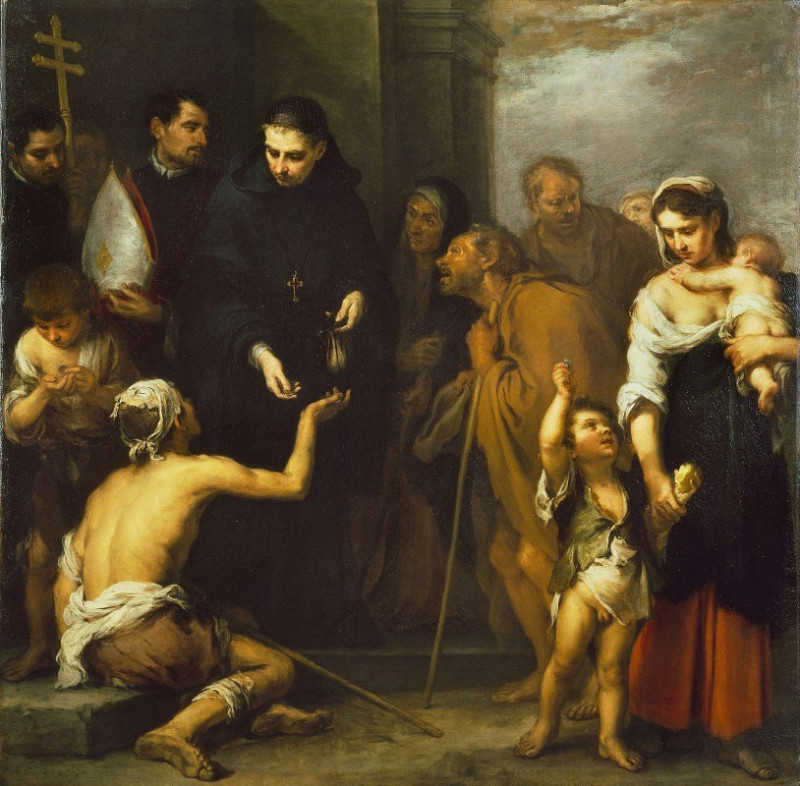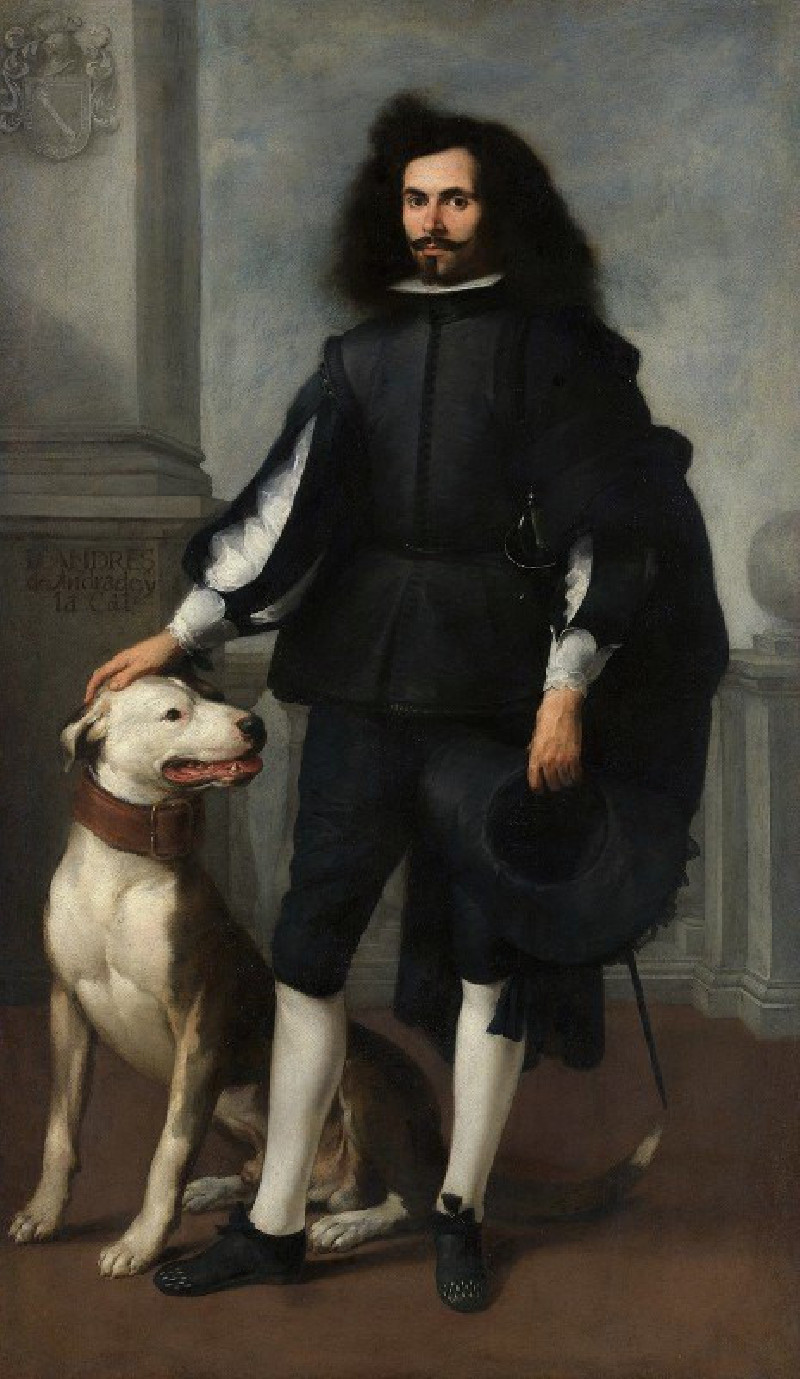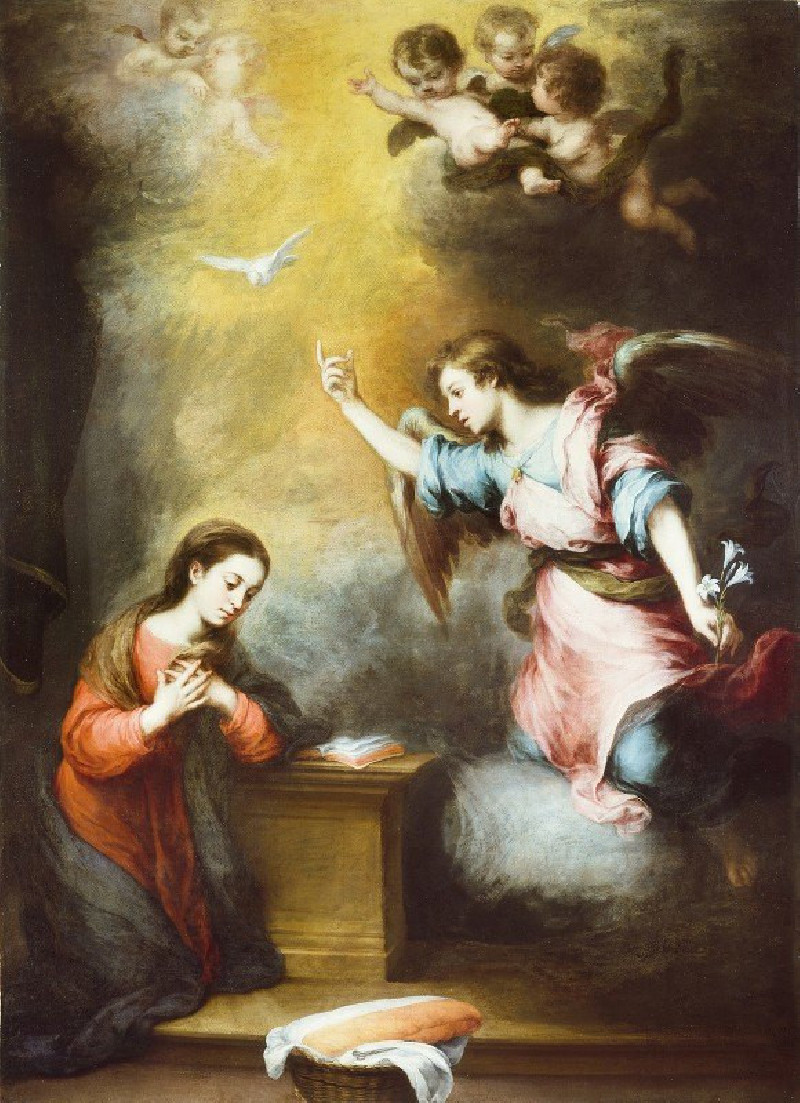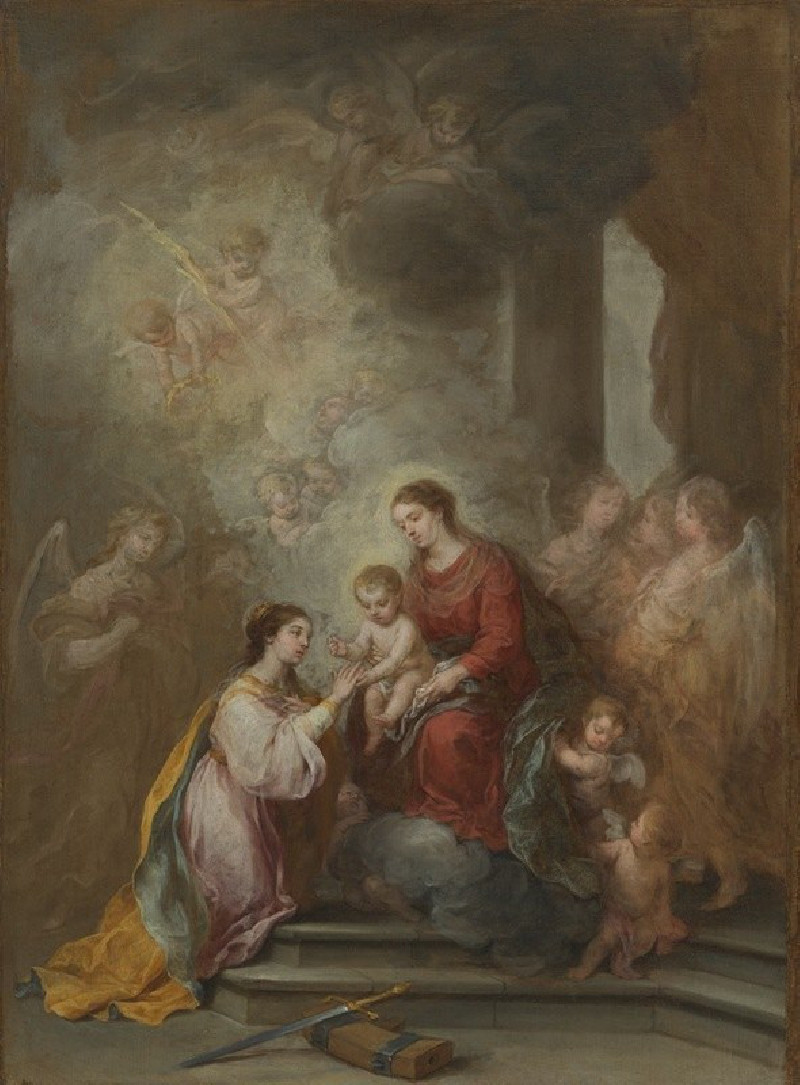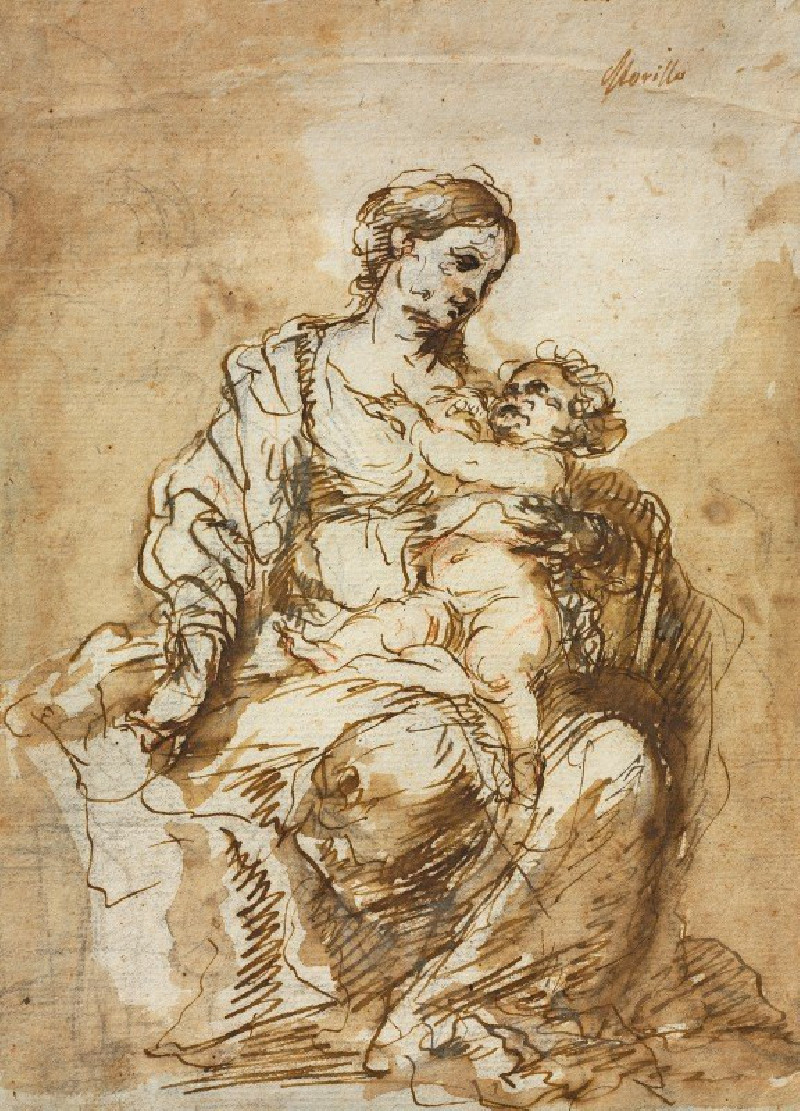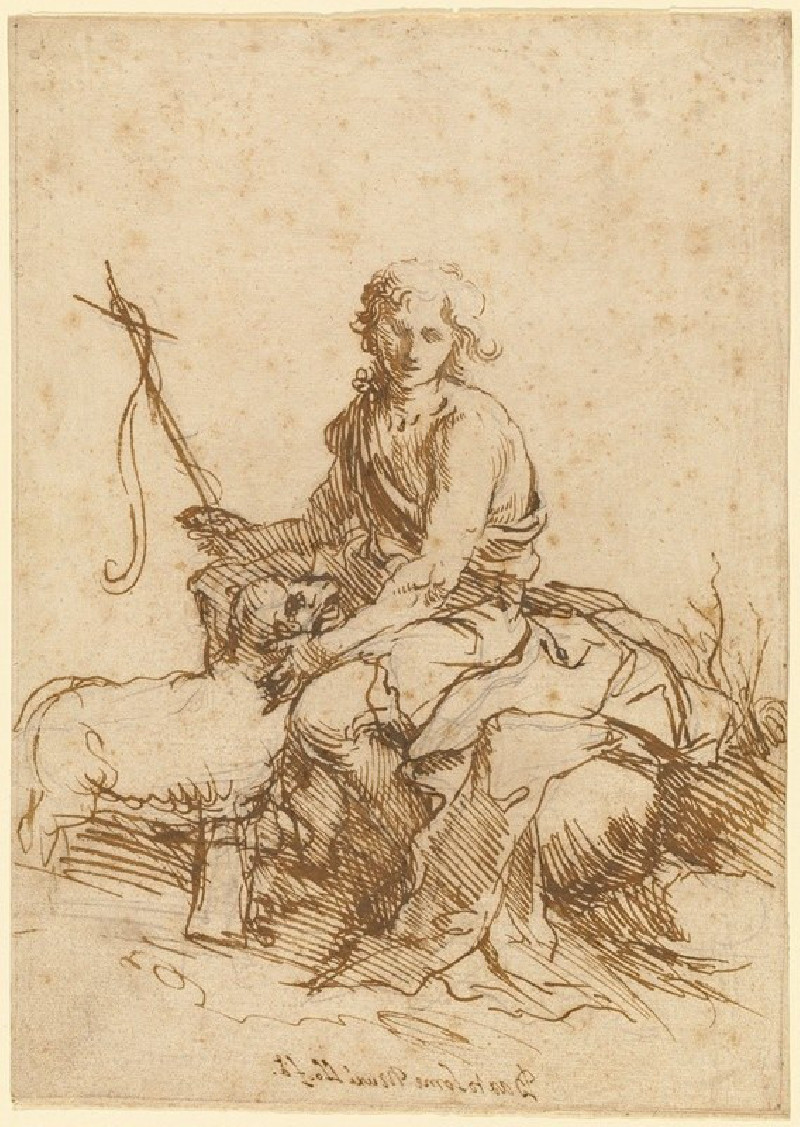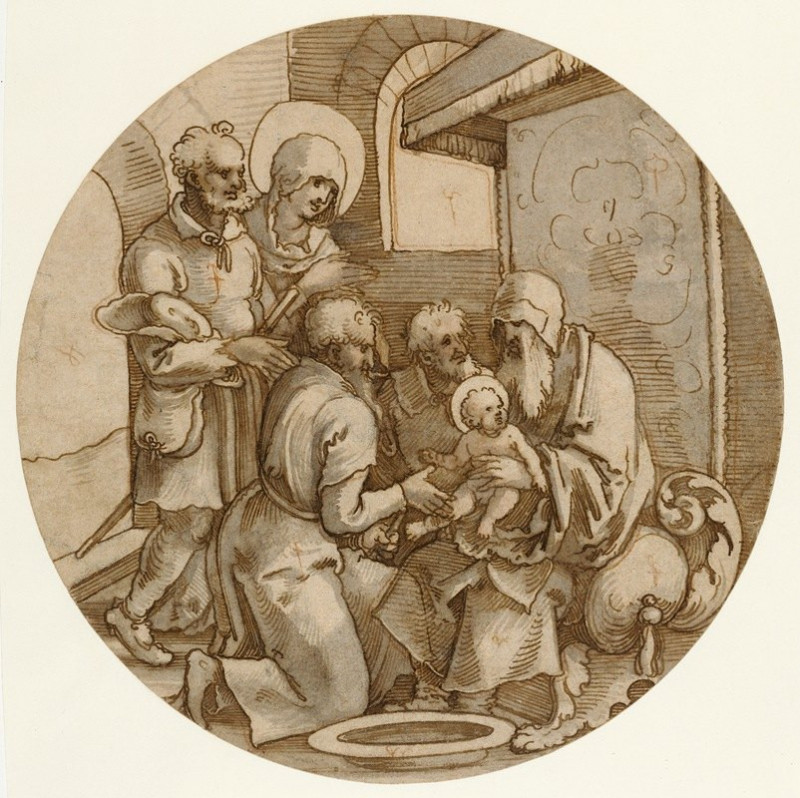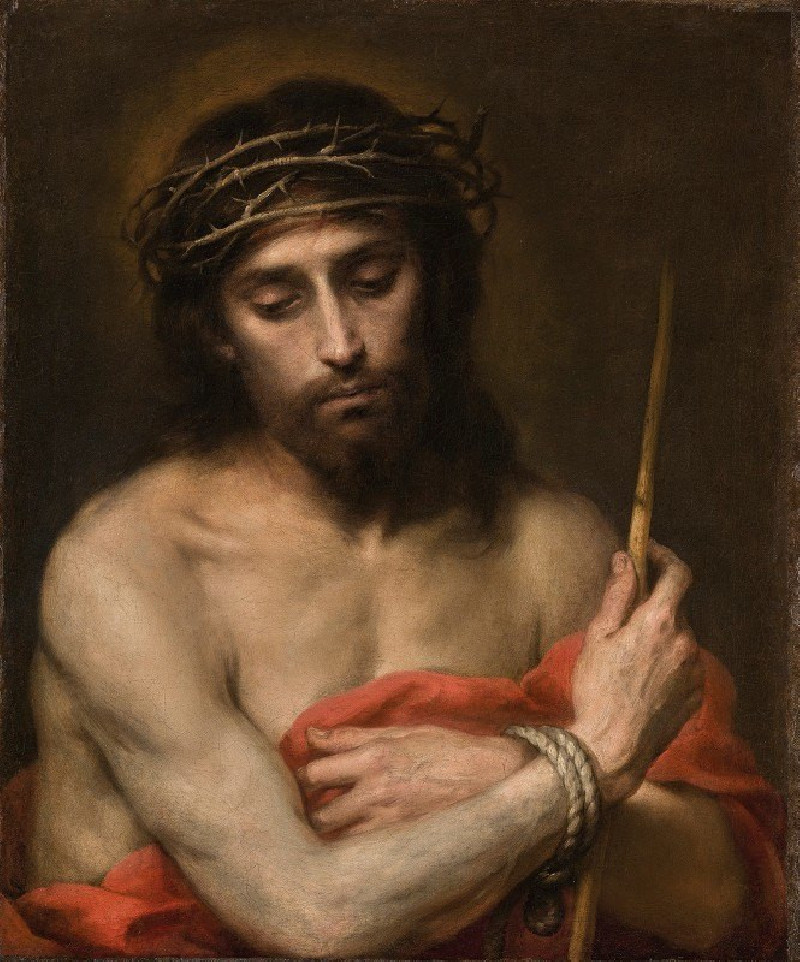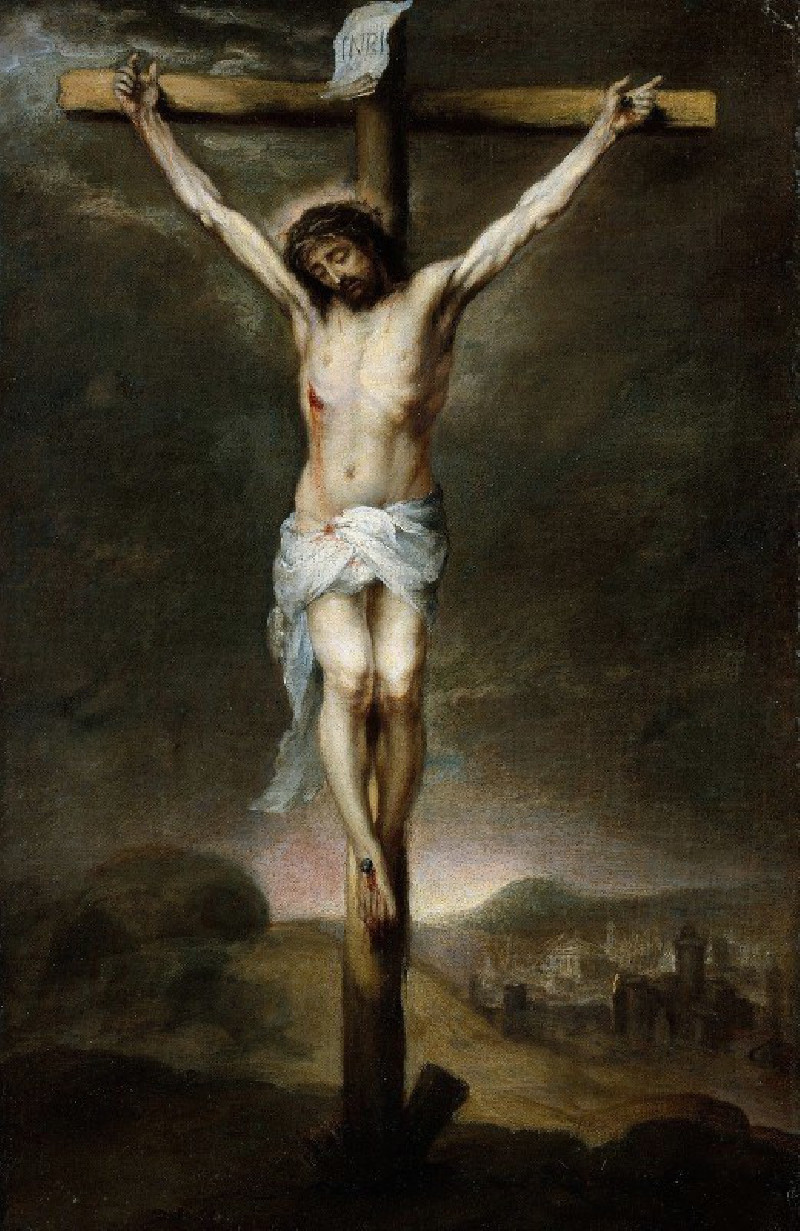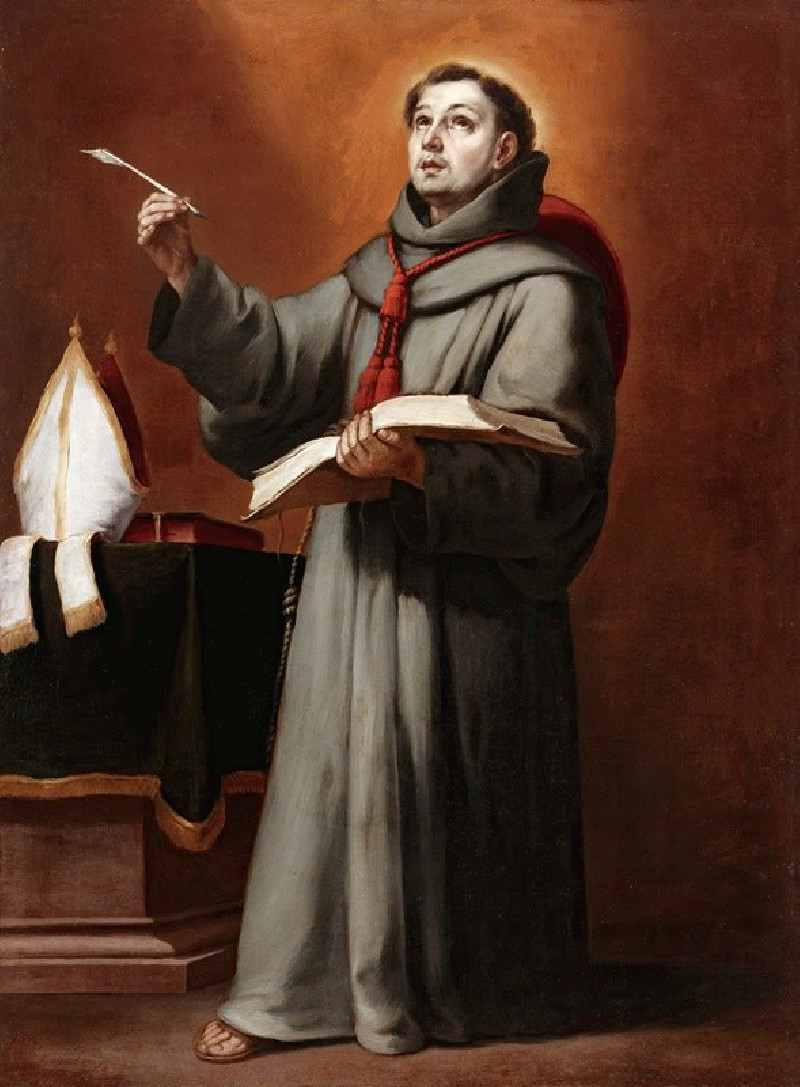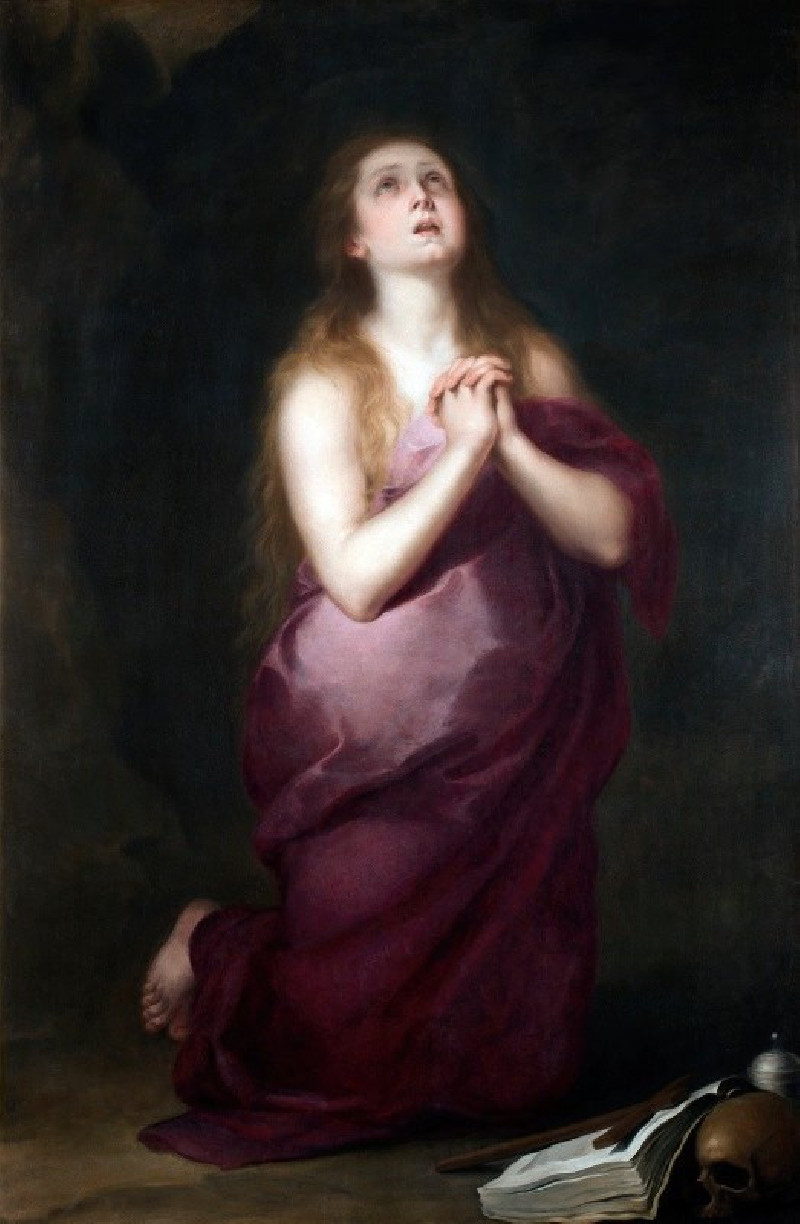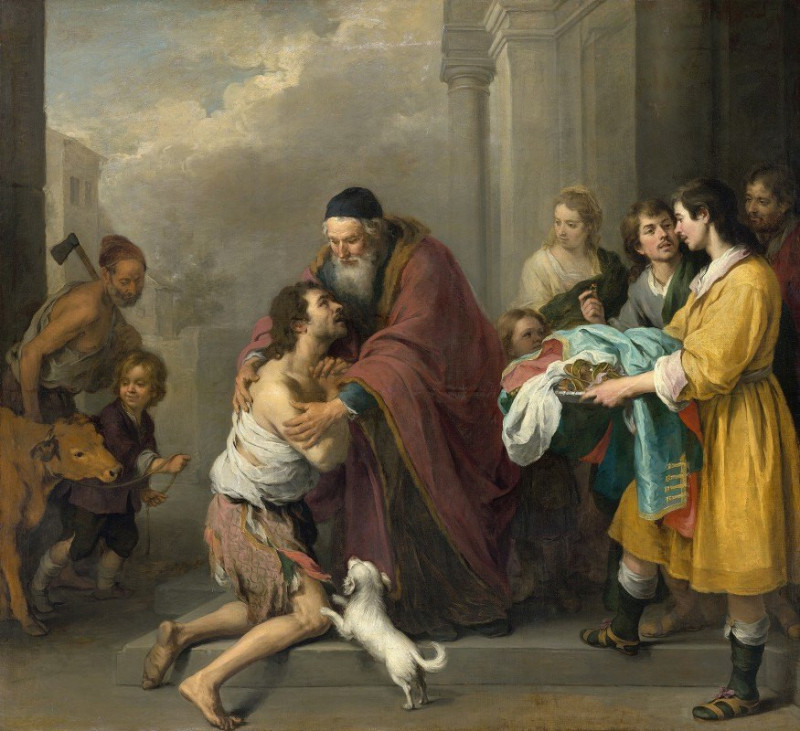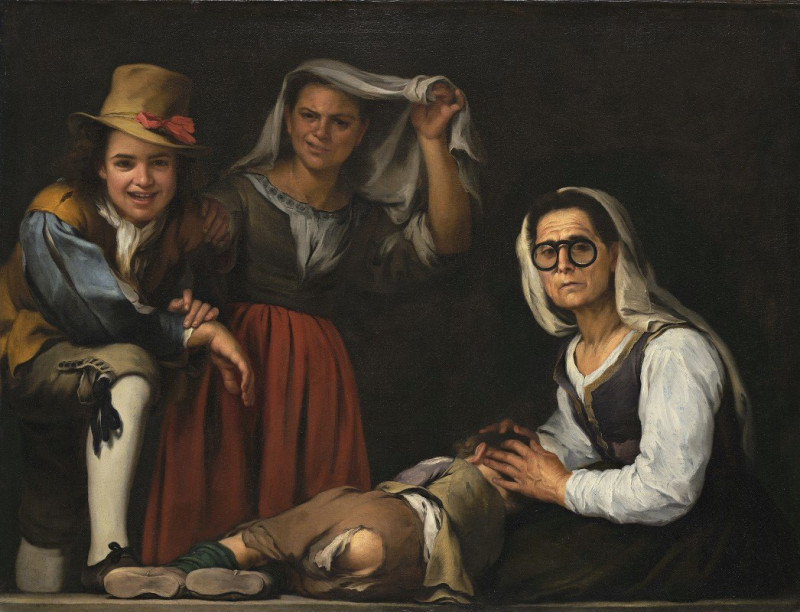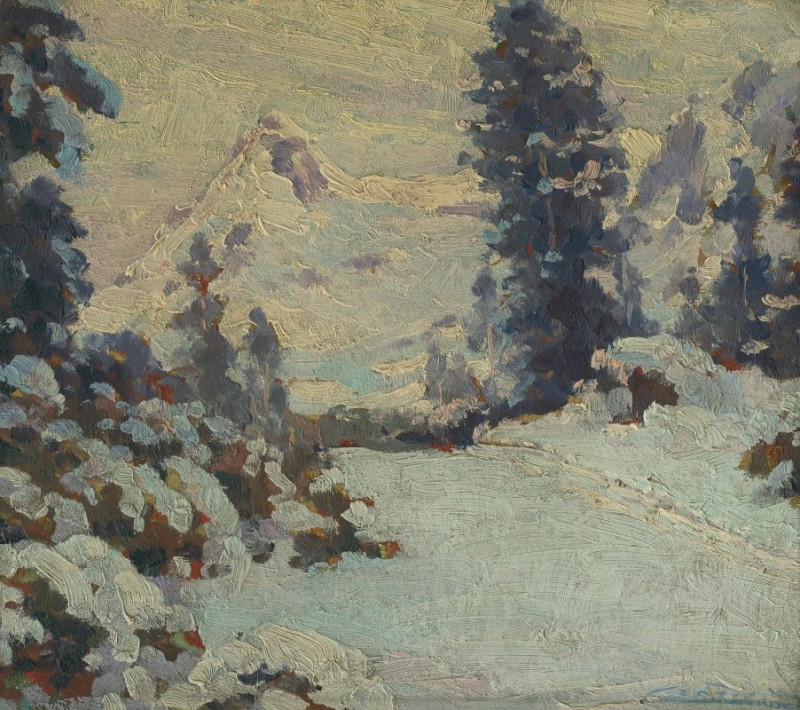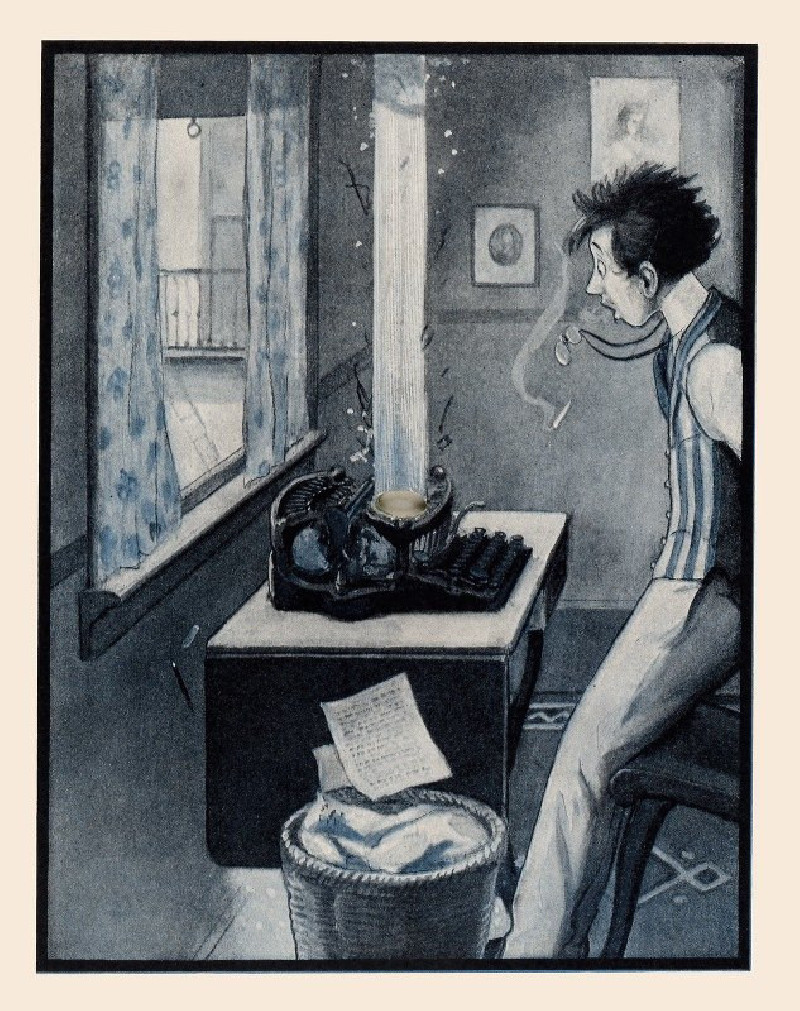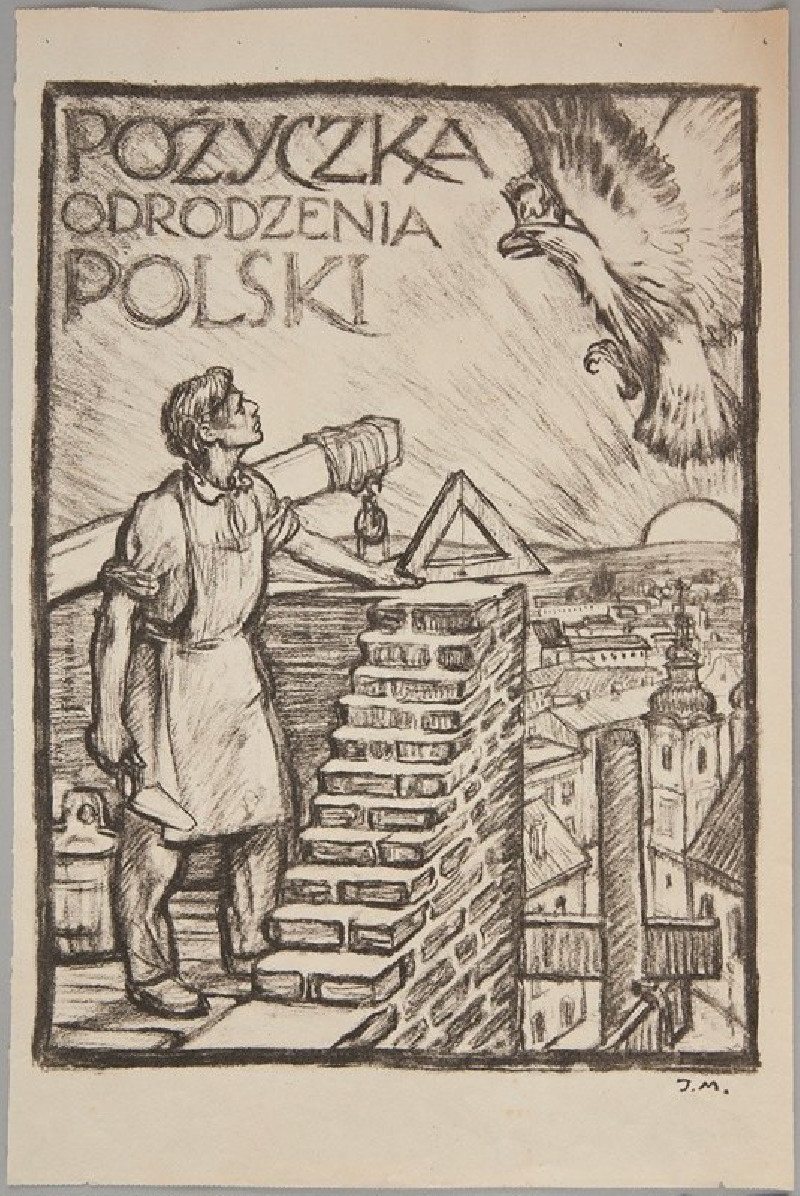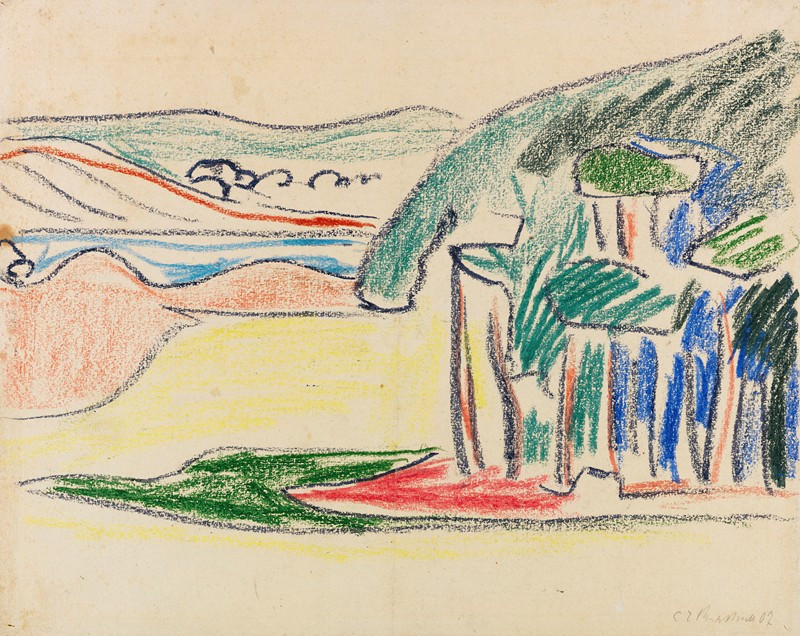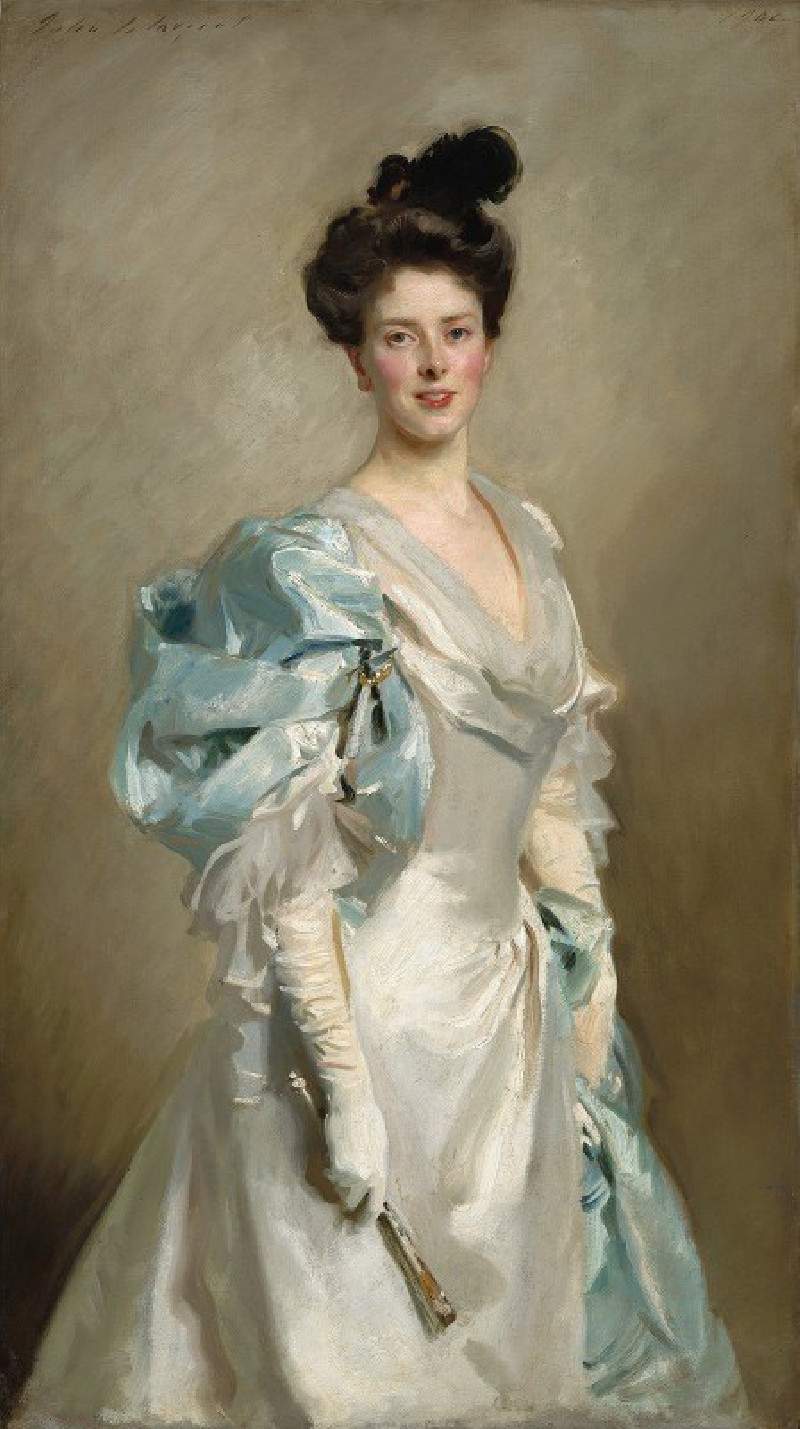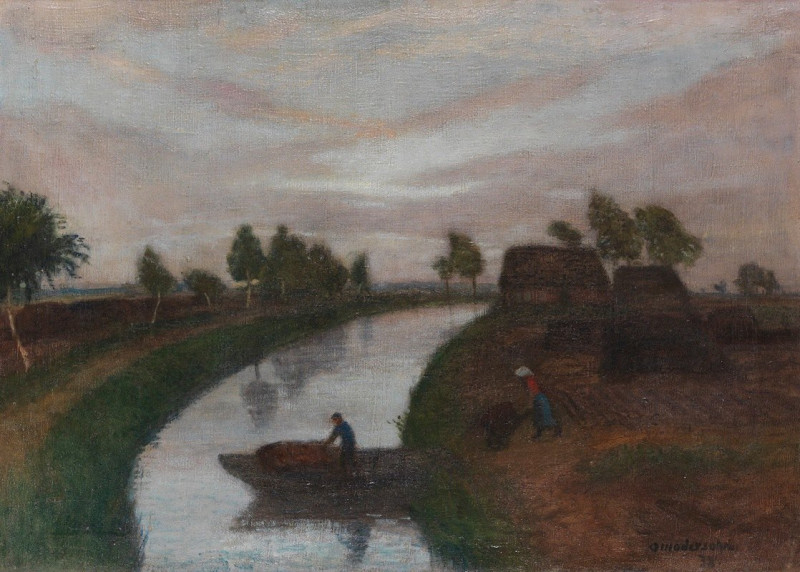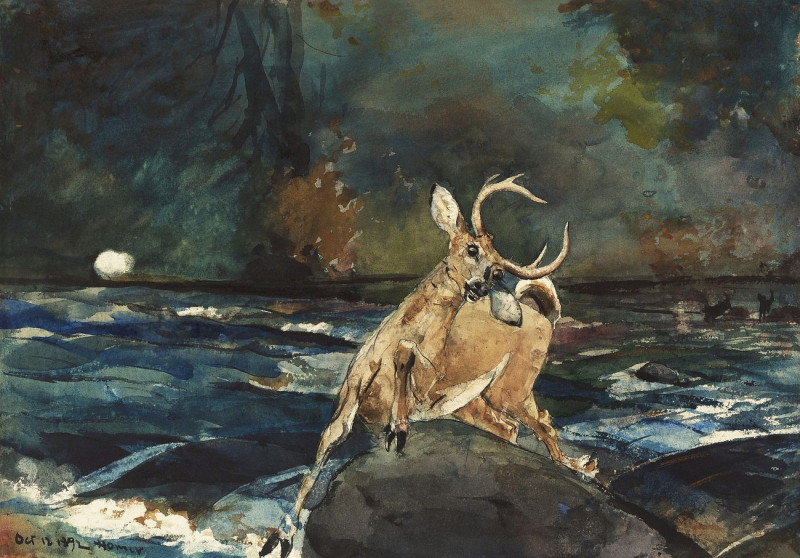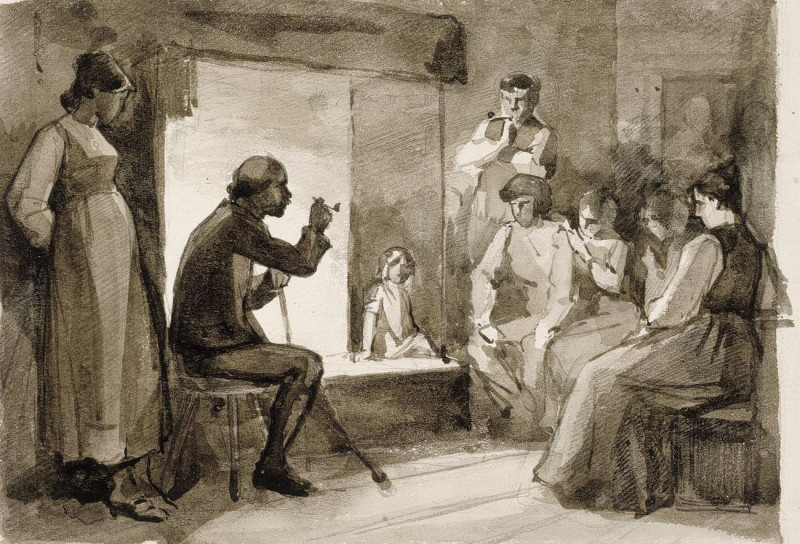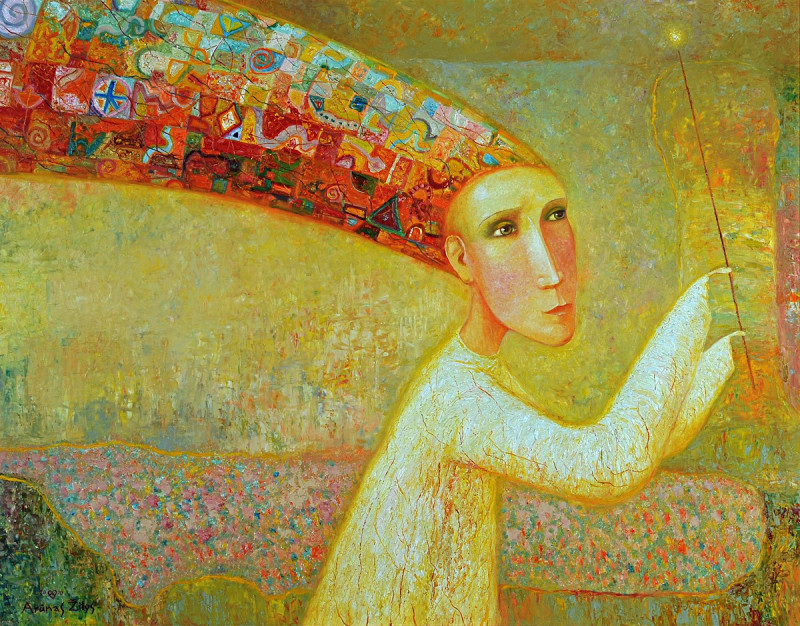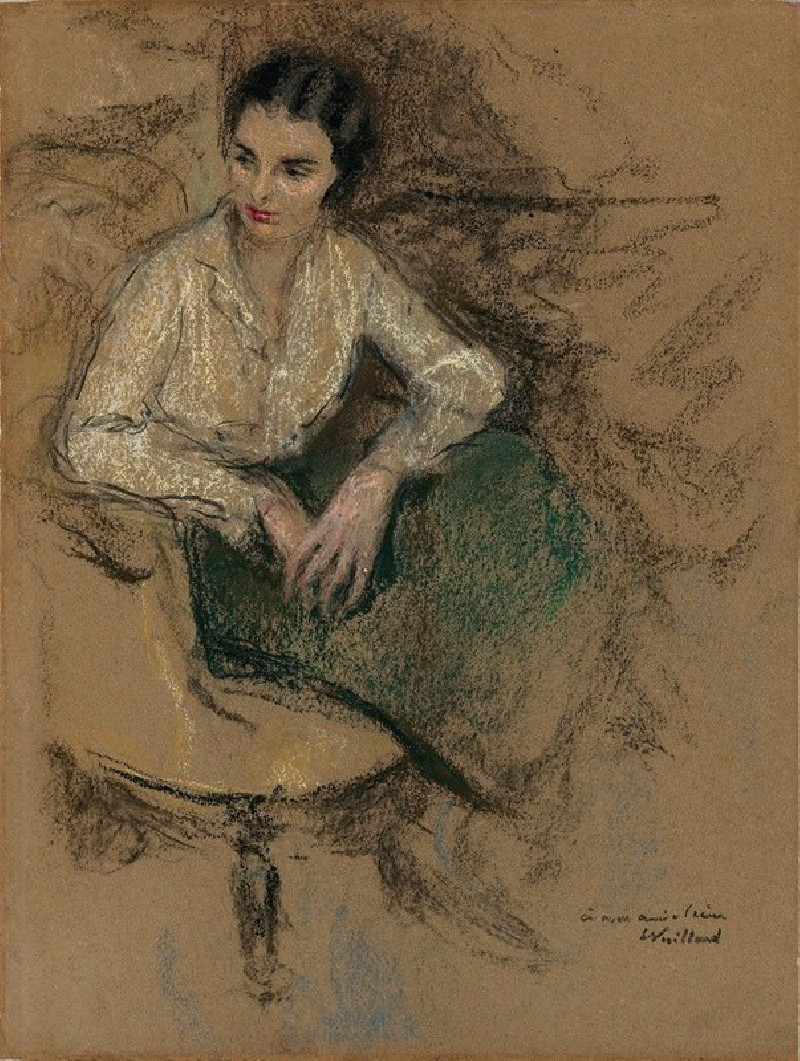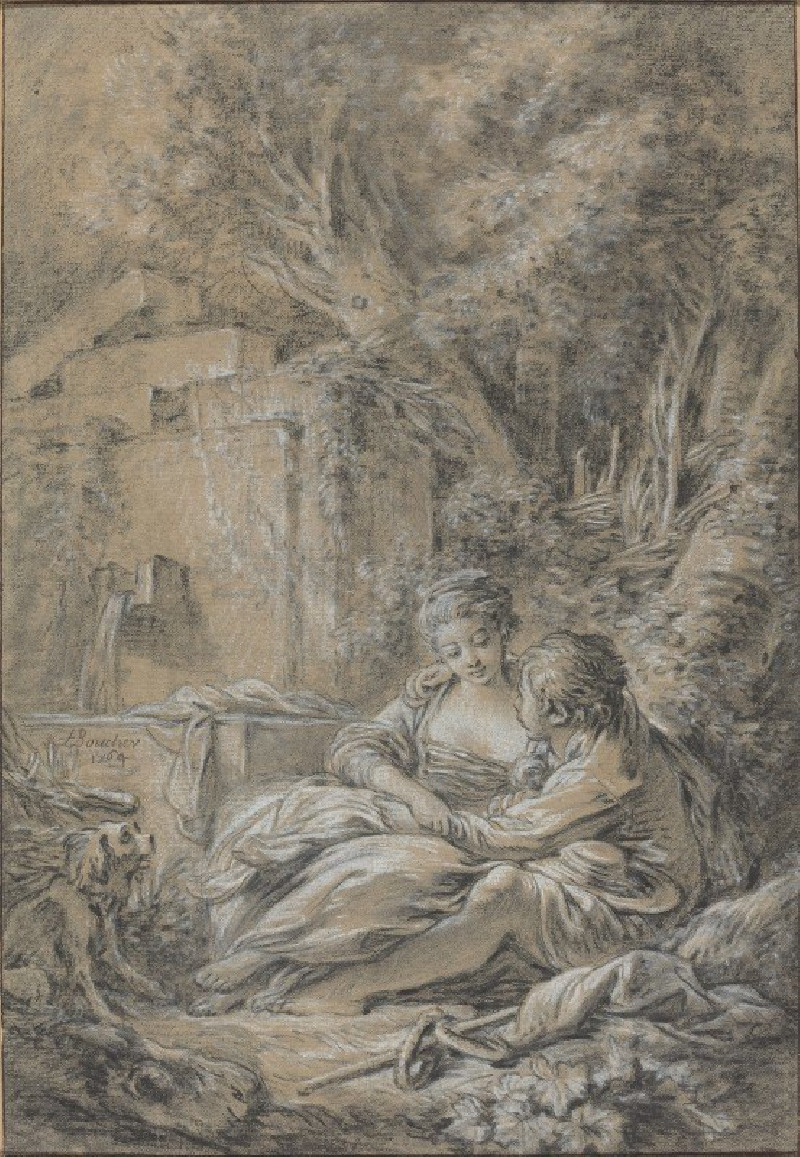The Holy Family In An Interior
Technique: Giclée quality print
Recommended by our customers
More about this artwork
Bartolomé Estebán Murillo, a preeminent figure of the Spanish Baroque period, brings his tender and humane vision to one of his gentlest works, "The Holy Family in an Interior." This painting beautifully portrays a domestic scene filled with warmth and spiritual grace.In this intimate composition, Mary, Joseph, and the Christ Child are depicted in a moment of casual, familial interaction rather than in a formal religious setting. The Virgin Mary, clothed in a soft, radiant garment, gazes lovingly at the young Jesus, who is playfully reaching out to grasp a thread. This simple action highlights the human aspect of the divine, emphasizing the innocence and curiosity of childhood.Joseph, often portrayed in a protective or laboring role, is seen here as a serene and contemplative presence. His thoughtful demeanor, with eyes gently closed as if in reflection or prayer, adds depth to the familial narrative, suggesting a moment of peace and divine contemplation within the modest setting.A notable addition to this scene is a small dog in the foreground, symbolizing loyalty and protection, which enhances the theme of familial unity and domestic serenity.Murillo's masterful use of soft lighting not only illuminates the figures but also casts a glow that seems to unify the scene, symbolizing the holy presence in an ordinary family setting. This painting invites viewers to reflect on the accessibility of the divine through the simplicity and purity of family life.By bringing sacred subjects into familiar, everyday environments, Murillo's "The Holy Family in an Interior" offers a poignant reminder of the closeness of the divine in ordinary human experiences.
Delivery
Returns
Bartolomé Esteban Murillo (December 1617, January 1, 1618 – April 3, 1682) was a Spanish Baroque painter. Although he is best known for his religious works, Murillo also produced a considerable number of paintings of contemporary women and children. These lively realistic portraits of flower girls, street urchins, and beggars constitute an extensive and appealing record of the everyday life of his times. He also painted two self-portraits, one in the Frick Collection portraying him in his 30s, and one in London's National Gallery portraying him about 20 years later. In 2017–18, the two museums held an exhibition of them.


